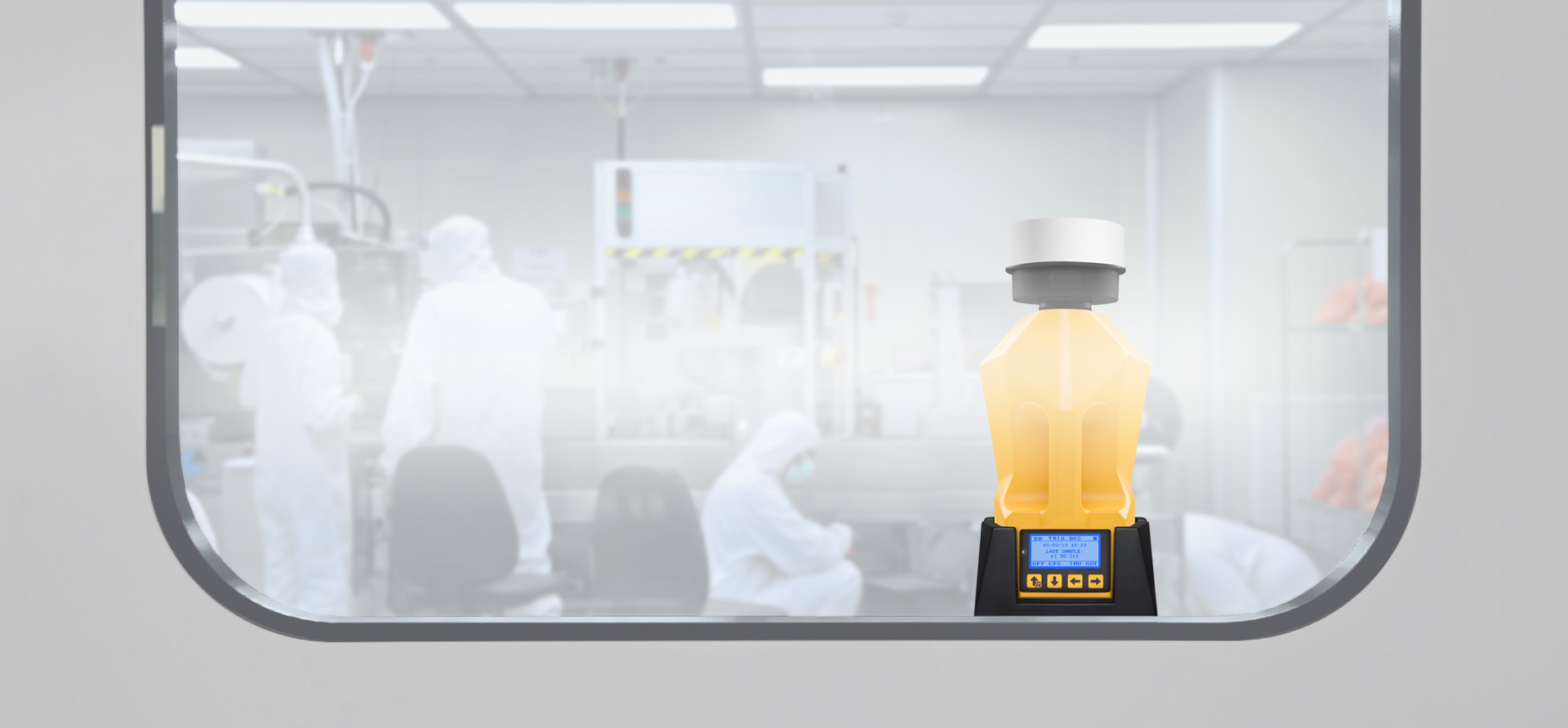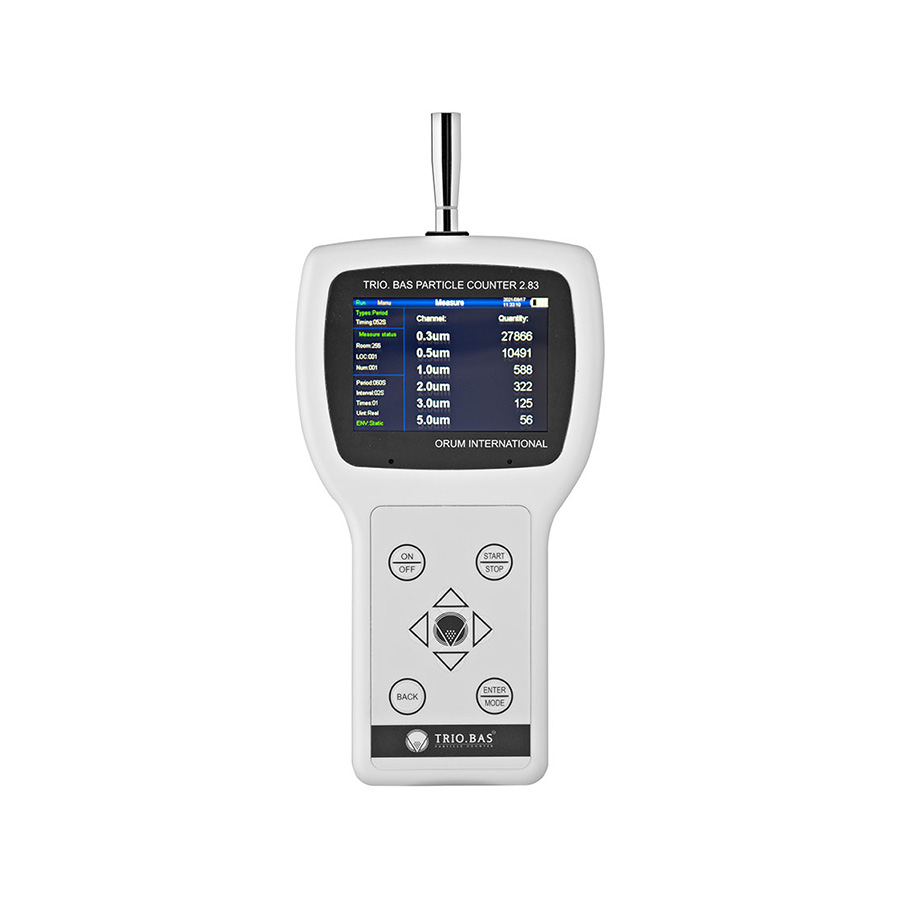Environmental monitoring is an important part of the quality assurance process for production in various industries such as pharma, food, and cosmetics. Sources like air, surfaces and gasses can be responsible for contamination of your products. That’s why it is important to set up an environmental monitoring program using different sampling methods like contact plates (Rodac), active air sampling, passive air sampling, gas sampling, particle sampling, etc. These sampling methods are a useful tool to guarantee a good product quality and to validate cleaning procedures. For some industries, they are also important to comply with regulatory guidelines such as the GMP Annex 1.
What does the GMP Annex 1 for pharmaceutical production say about environmental monitoring?
The GMP Annex 1 is a guideline for manufacturers of sterile medicines. The guideline describes the different sampling methods that need to be performed:
- Non-viable particle monitoring: using particle counters.
- Viable particle monitoring: using a combination of methods: contact plates (CFU/plate), glove print, (CFU/glove), settle plates (CFU/ 4 hours) and active air sampling (CFU/m3). The plates are then incubated in a microbiology lab, where countable colonies are formed after plate incubation.
- The GMP Annex 1 also describes the maximum concentration for each of these parameters and gives guidance on the sampling frequency.
- Indirectly the Annex 1 also indicates that gasses should be sampled.





